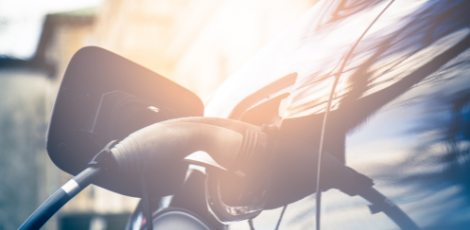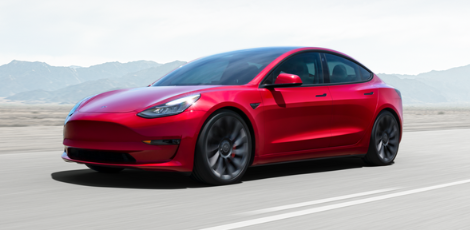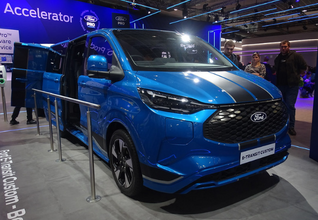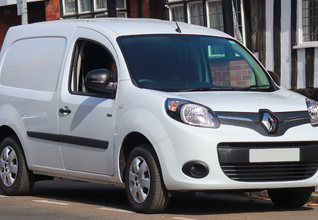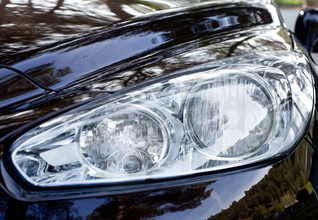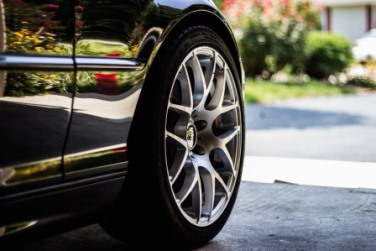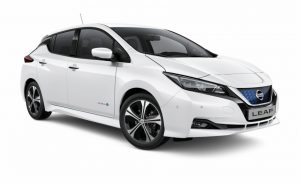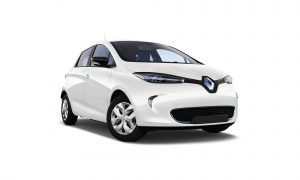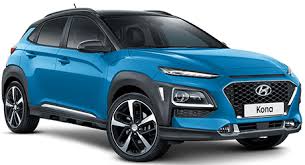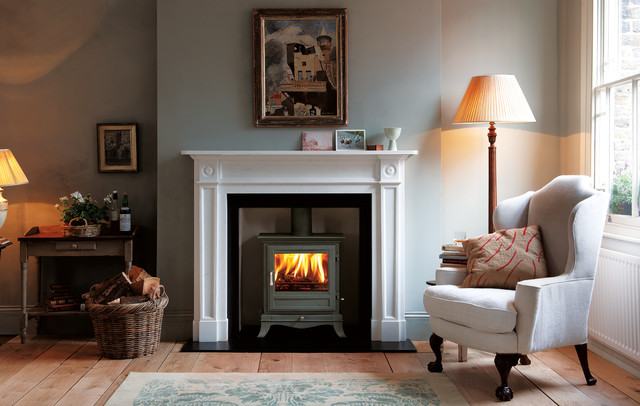Motor tax is a charge that every driver must pay to drive a vehicle legally on public roads in Ireland. The revenue generated from the motor tax is used to fund the maintenance and development of the country’s road network. As we step into 2024, it’s vital to stay updated with the latest changes and regulations surrounding motor tax.
Types of Vehicles Subject to Motor Tax
Most vehicles in Ireland are subject to motor tax, including cars, motorcycles, and commercial vehicles. There are also reductions available for certain vehicles, such as electric vehicles.
The annual rate for an electric vehicle is €120 per year, the lowest tax band for motor tax. This is because motor tax is calculated based on vehicle emission levels – another incentive for drivers to purchase an electric vehicle.
Calculating Motor Tax
Calculating motor tax in Ireland is based on several factors, including the age of the vehicle, engine size, and CO2 emissions. Motor tax rates vary based on these factors, with larger and more polluting vehicles generally subject to higher rates. For example, as of 2021, the motor tax rate for a car with a 1.0-litre engine and low emissions is €190 per year.
How to Pay Motor Tax
There are several ways to pay motor tax in Ireland, including online payment through the motor tax online system, payment by post or in person at a local motor tax office. Late payment of motor tax can result in penalties and interest charges, so it’s important to make payments on time.
Motor Tax Renewal and Reminders
Motor tax in Ireland must be renewed every 12, 6 or 3 months, depending on the type of vehicle and how long you want to renew for. Reminders are sent to registered vehicle owners in advance of the renewal date.
It’s important to keep vehicle ownership details up to date to ensure that reminders are received, and motor tax is paid on time.
Commercial Vehicles
Commercial vehicles in Ireland are subject to different motor tax rates than private cars. The rates for commercial vehicles are based on weight and the type of vehicle, with larger and more polluting vehicles subject to higher rates.
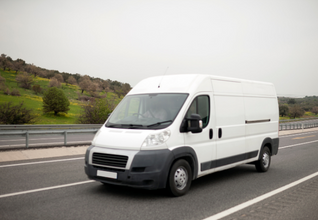
Understanding the specific rules around motor tax for commercial vehicles is essential.
The rate of motor tax is reduced for all commercial goods vehicles above 4,000kgs.
The annual motor tax rate for a vehicle between 4,000kg and 12,000kg is €500 and €900 for vehicles over 12,000kg.
Imported Vehicles
If you import a vehicle into Ireland from another country, you must register it and pay motor tax before driving it on public roads. The amount of motor tax you will need to pay can depend on several factors, which we covered earlier.
Vehicle Temporarily Off The Road
Should your vehicle be off the road temporarily, you’re exempt from paying motor tax during this period. However, it’s mandatory to give notice in advance if your vehicle won’t be used for a period ranging from 3 to 12 months.
Here’s what you need to do:
- Fill out the RF150 Form, which is the Declaration of Non-Use of a Motor Vehicle (available as a PDF).
- Submit this form to your local motor tax office.
This declaration must be filed within the same month your current motor tax disc is due to expire. Remember, any outstanding motor tax arrears must be cleared, and you’re required to pay at least 3 months of motor tax before you can proceed with the non-use declaration.
Refunds and Exemptions
In Ireland, there are some situations where a car may not be subject to motor tax. For example, vehicles used by disabled drivers or passengers may be exempt from tax under specific regulations.
Additionally, a refund of paid motor tax may be possible in certain circumstances, such as a vehicle being scrapped, written off, stolen, or officially taken off the road.
However, to be eligible for a refund, there must be at least three months left on the motor tax before it expires. In such cases, the completion of an RF150 form is required to declare the vehicle as off the road officially.
Consequences of not paying motor tax
Driving an untaxed vehicle in Ireland can result in penalties and legal consequences, including fines and court appearances. Vehicles can sometimes be seized and impounded for failure to pay motor tax. It’s essential to resolve any issues with motor tax as soon as possible to avoid further consequences.
The Gardaí routinely set up checkpoints to check if your car is taxed.
Failure to produce valid documentation can result in penalties and fines. They have the power to seize and impound vehicles that are found to be untaxed.
Motor Tax Discs
When you pay your motor tax, you will receive a motor tax disc valid for the duration you renewed, which could be 12, 6 or 3 months. Under the current motor tax system, vehicle owners are required to display a valid tax disc on the front windscreen of their vehicle, indicating that the motor tax has been paid and showing the expiry date of the tax.
The tax discs are issued by the Department of Transport, Tourism and Sport and can be obtained by paying the appropriate motor tax fee.
The motor tax disc is what Gardaí will check to see if you have paid your motor tax.
Motor Tax in Ireland: Key Takeaways
Motor tax is a mandatory fee for drivers in Ireland, contributing to the maintenance and development of the country’s roads. All vehicles, including cars, motorcycles, and commercial vehicles, are subject to this tax, with exceptions and reductions available for specific categories like electric vehicles.
The tax is calculated based on the vehicle’s age, engine size, and CO2 emissions, leading to varied rates. Payment can be made online, by post, or in person, and timely payments are crucial to avoid penalties.
Motor tax needs renewal every 3, 6, or 12 months, and vehicle owners receive reminders for the same. Commercial vehicles have distinct tax rates based on their weight and type. Imported vehicles must be registered and taxed before use on Irish roads. Exemptions and refunds are available under certain conditions, like for disabled users or vehicles taken off the road.
Non-payment of motor tax can lead to legal consequences, including fines and vehicle impounding. A visible motor tax disc on the vehicle confirms the payment of the tax.
Understanding and complying with motor tax regulations is vital for legal driving in Ireland, ensuring road maintenance and development are adequately funded.
Motor Tax in Ireland | Quick Takeaways:
- Mandatory for legal driving in Ireland
- Funds road maintenance and development
- Applies to cars, motorcycles, commercial vehicles
- Reduced rate for electric vehicles
- Calculated based on age, engine size, CO2 emissions
- Payable online, by post, or in person
- Renewal required every 3, 6, or 12 months
- Different rates for commercial vehicles based on weight and type
- Imported vehicles must be registered and taxed
- Exemptions available for disabled users, refunds for vehicles taken off the road
- Non-payment leads to fines, impounding, court appearances
- Motor tax disc issued upon payment, displayed on vehicle

